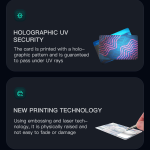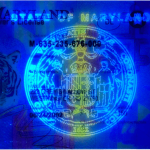Bookstores may check a customer’s driver’s license for a variety of reasons. One common reason is for age – verification purposes, especially when selling age – restricted items such as certain magazines or graphic novels. Another reason could be for customer loyalty programs where they need to establish a unique identity for the customer. Here is how the general process might work:
Initial Request
When a situation arises where a bookstore needs to check a customer’s driver’s license, an employee will typically make a polite request to the customer. This could be something like, “Excuse me, we need to verify your age for this purchase. Would you mind showing me your driver’s license?” The tone is important as it helps to make the customer feel comfortable and willing to comply. In some cases, if the request is part of a loyalty – program sign – up, the employee might say, “To complete your loyalty – program registration, we need to record some identification details. Could you please provide your driver’s license?”
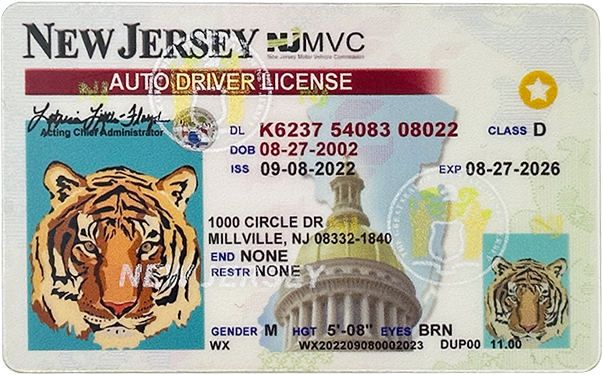
Visual Inspection
Once the customer presents their driver’s license, the employee will conduct a visual inspection. They will first check the expiration date. A valid driver’s license should not be expired. Expired licenses are not considered a reliable form of identification. The employee will also look at the photo on the license to ensure it matches the person standing in front of them. This involves checking for similar facial features, hair color, and general appearance. If there are any significant differences, it could be a sign of a fake or misappropriated license.
Next, the employee will examine the basic information on the license, such as the name, address, and date of birth. For age – verification purposes, the date of birth is crucial. The employee will calculate the customer’s age based on the current date and the date of birth on the license to ensure they meet the required age for the purchase. For example, if a magazine has a 18 – and – over restriction, the employee will confirm that the customer is at least 18 years old.
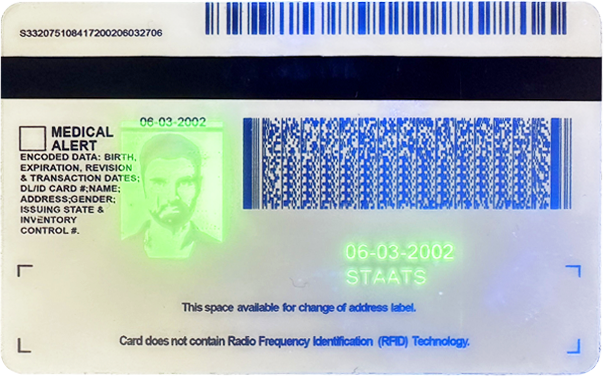
Security Features Check
Many modern driver’s licenses have security features to prevent forgery. Bookstore employees, especially those in larger chains or in areas with a higher risk of fraud, may be trained to look for these features. Some common security features include holograms, microprinting, and UV – reactive elements. Holograms are often found on the front or back of the license and display various images or patterns when viewed from different angles. Microprinting is very small text that is difficult to replicate and can usually be seen under magnification. UV – reactive elements will glow or change color when exposed to ultraviolet light. Employees may use a simple UV light device to check for these elements.
Recording Information (if applicable)
If the purpose of checking the driver’s license is for a customer loyalty program or some other record – keeping activity, the bookstore employee will record relevant information. This could include the customer’s name, address, and driver’s license number. It’s important for bookstores to follow proper data – protection regulations when recording and storing this information. They should have secure systems in place to safeguard the customer’s personal data and only use it for the intended purposes, such as sending personalized offers or maintaining the loyalty – program database.
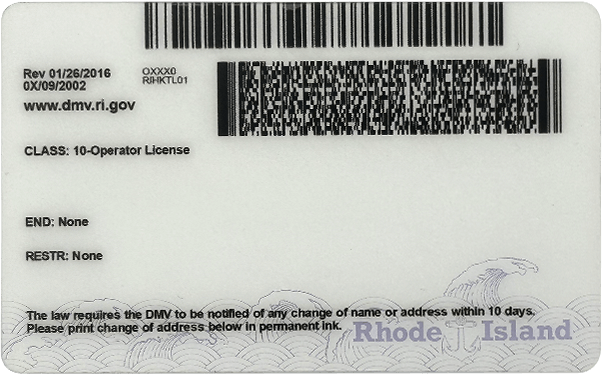
Returning the License
Once the inspection and any necessary recording are complete, the employee will return the driver’s license to the customer. They will do this in a timely manner and with a polite gesture, such as saying, “Thank you for your cooperation. Here’s your driver’s license back.” This helps to maintain a positive customer – store relationship.
Common Problems and Solutions
Customer Reluctance
Problem: Some customers may be reluctant to show their driver’s license due to privacy concerns or simply not understanding why it’s needed. They may feel that their personal information is being invaded or that it’s an unnecessary step.
Solution: Bookstore employees should be trained to clearly and politely explain the reason for the request. They can emphasize the importance of age – verification for certain products or the benefits of the loyalty program. For example, “We understand your privacy concerns, but we need to verify your age for this magazine purchase as it contains content suitable only for adults. Rest assured, we follow strict data – protection policies and will not misuse your information.”
Fake Licenses
Problem: There is a risk of encountering fake driver’s licenses, especially in areas with a high volume of foot traffic or when selling age – restricted items. Fake licenses can be difficult to detect, especially if they are of high quality.
Solution: Bookstores can train their employees on how to identify common security features of driver’s licenses. They can also invest in basic tools like UV lights for more in – depth checks. If an employee suspects a license is fake, they should calmly and politely ask the customer for additional forms of identification, such as a passport or state – issued ID card. In some cases, they may need to contact local law enforcement if they have strong evidence of a fake license.
Expired Licenses
Problem: A customer may present an expired driver’s license as identification. While it may still be a valid form of identification for some purposes, it may not meet the store’s requirements, especially for age – verification or loyalty – program sign – ups.
Solution: The employee should inform the customer that the license is expired and that they need a valid form of identification. They can suggest alternative forms such as a valid passport, a current state – issued ID card, or a non – expired driver’s license from another jurisdiction. If the customer does not have any other valid identification, the employee may need to deny the age – restricted purchase or the loyalty – program sign – up, while explaining the store’s policy clearly.
Damaged Licenses
Problem: A customer’s driver’s license may be damaged, making it difficult to read some of the information or check the security features properly.
Solution: The employee should ask the customer if they have another form of identification. If not, they can try to make out as much information as possible from the damaged license. If the photo is still clear and some key information like the date of birth can be read, the employee may use their discretion, especially if they know the customer well or if there are no age – restricted items involved. However, if the damage is too severe, they should follow the store’s policy and request another form of identification.
Language Barriers
Problem: In areas with a diverse population, a customer may not understand the request for their driver’s license due to a language barrier. This can lead to confusion and a breakdown in communication.
Solution: Bookstores can have multilingual employees or provide translation tools, such as language – specific brochures explaining the process or using translation apps on store – owned devices. The employee can also use simple gestures and visual aids, like pointing to the driver’s license they need to see, to help communicate the request. If possible, they can find a bilingual customer or a staff member to assist in the communication process.
Fake ID Pricing
unit price: $109
| Order Quantity | Price Per Card |
|---|---|
| 2-3 | $89 |
| 4-9 | $69 |
| 10+ | $66 |


